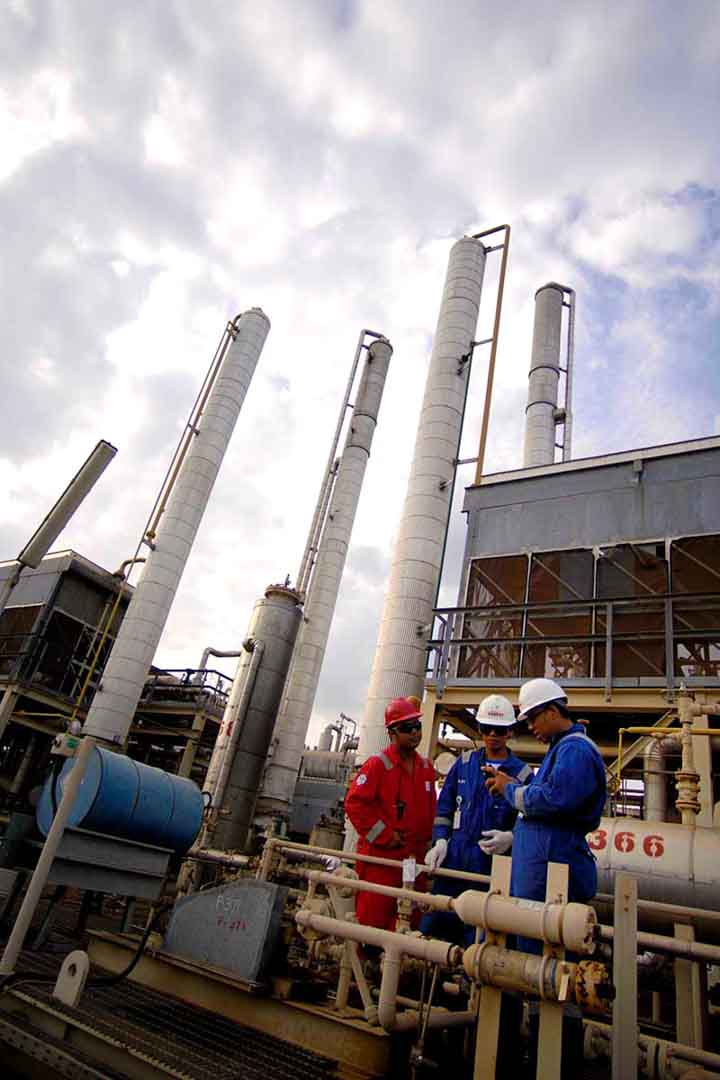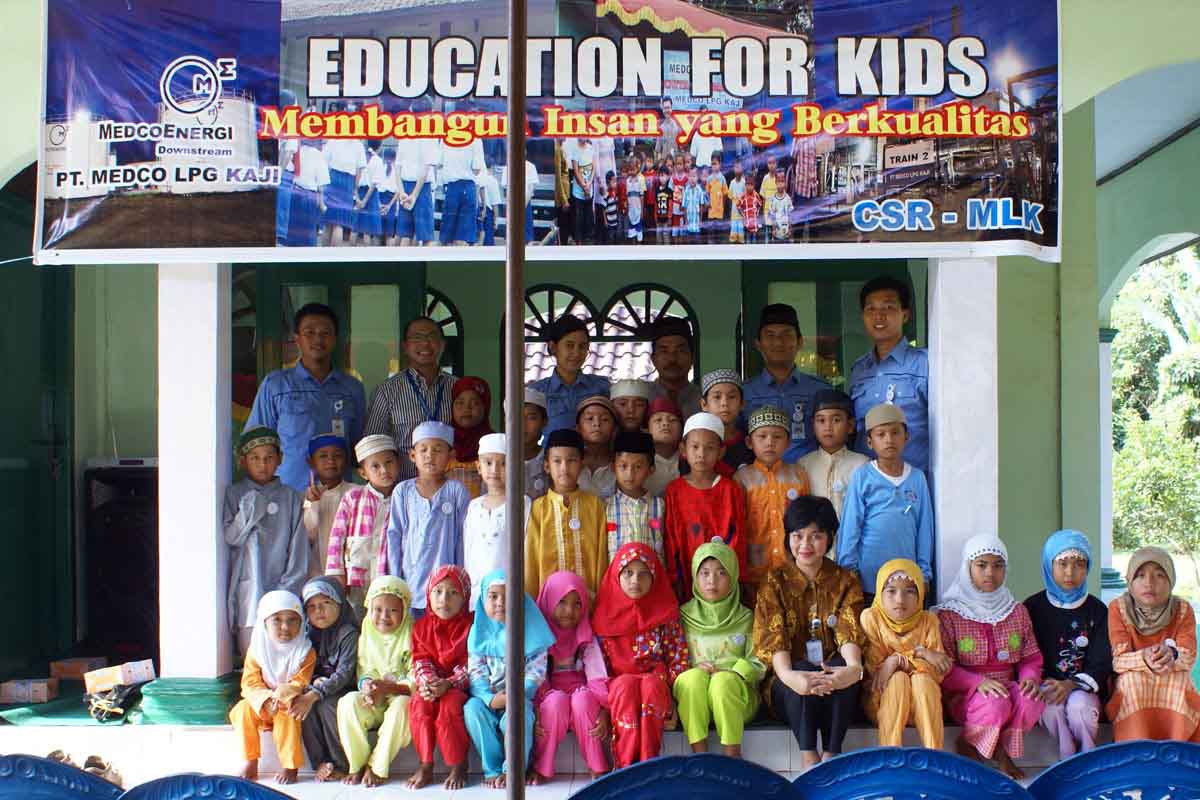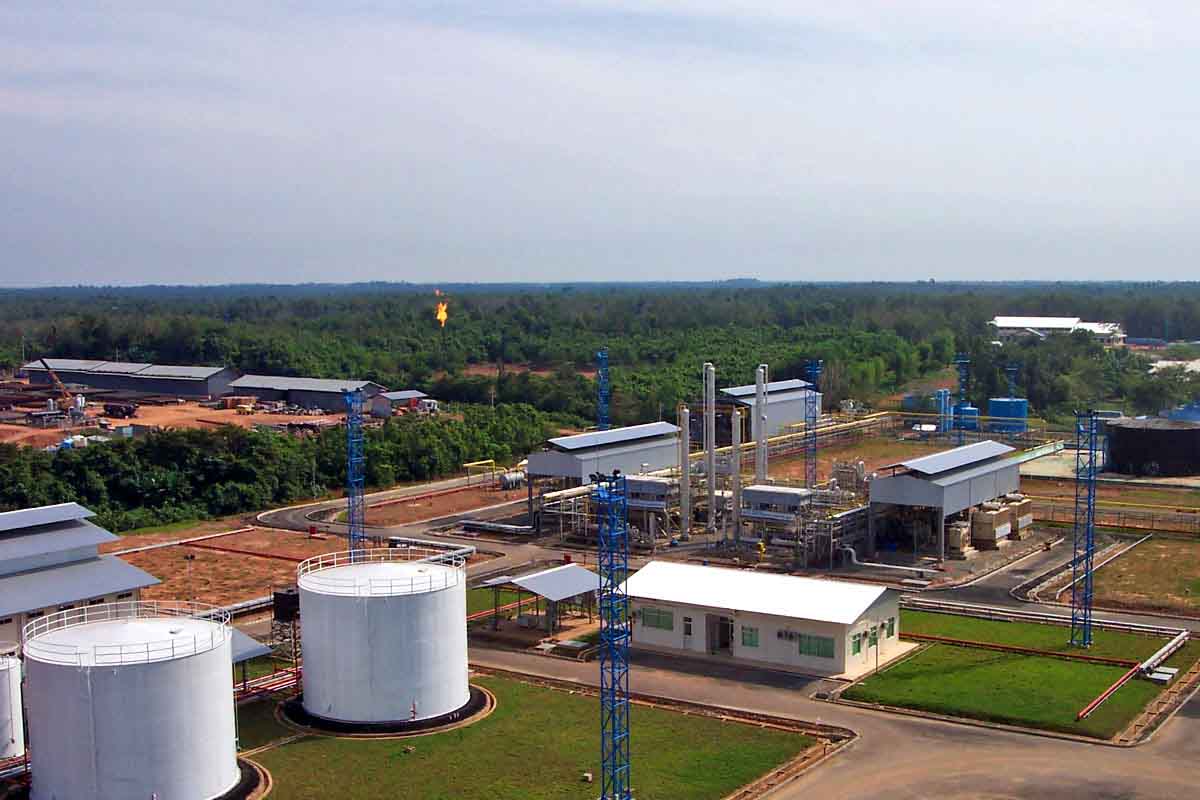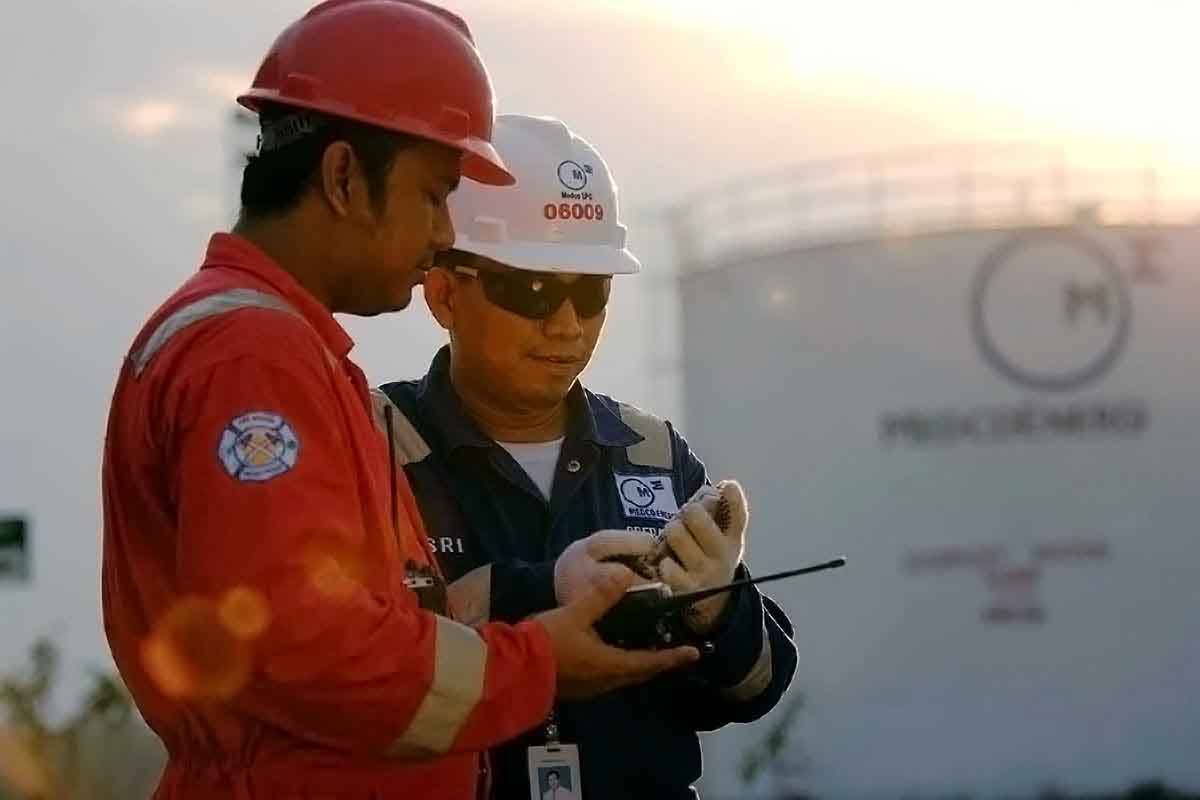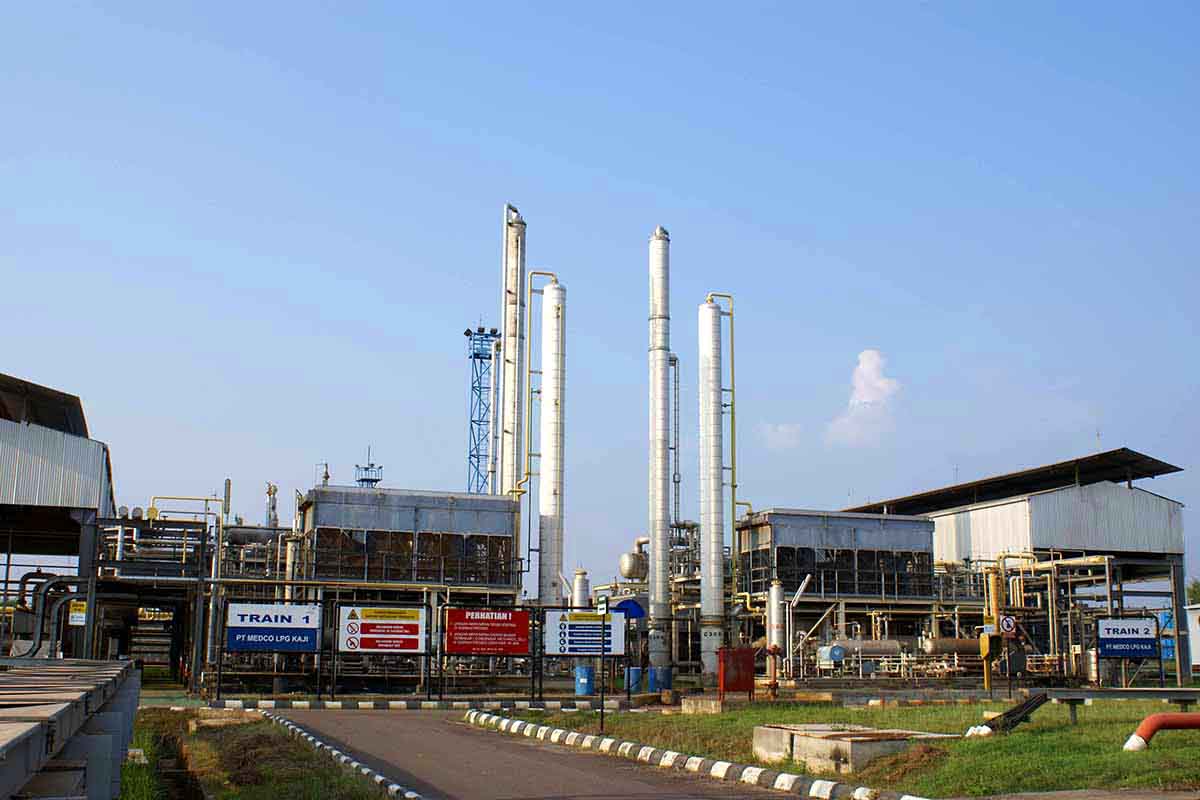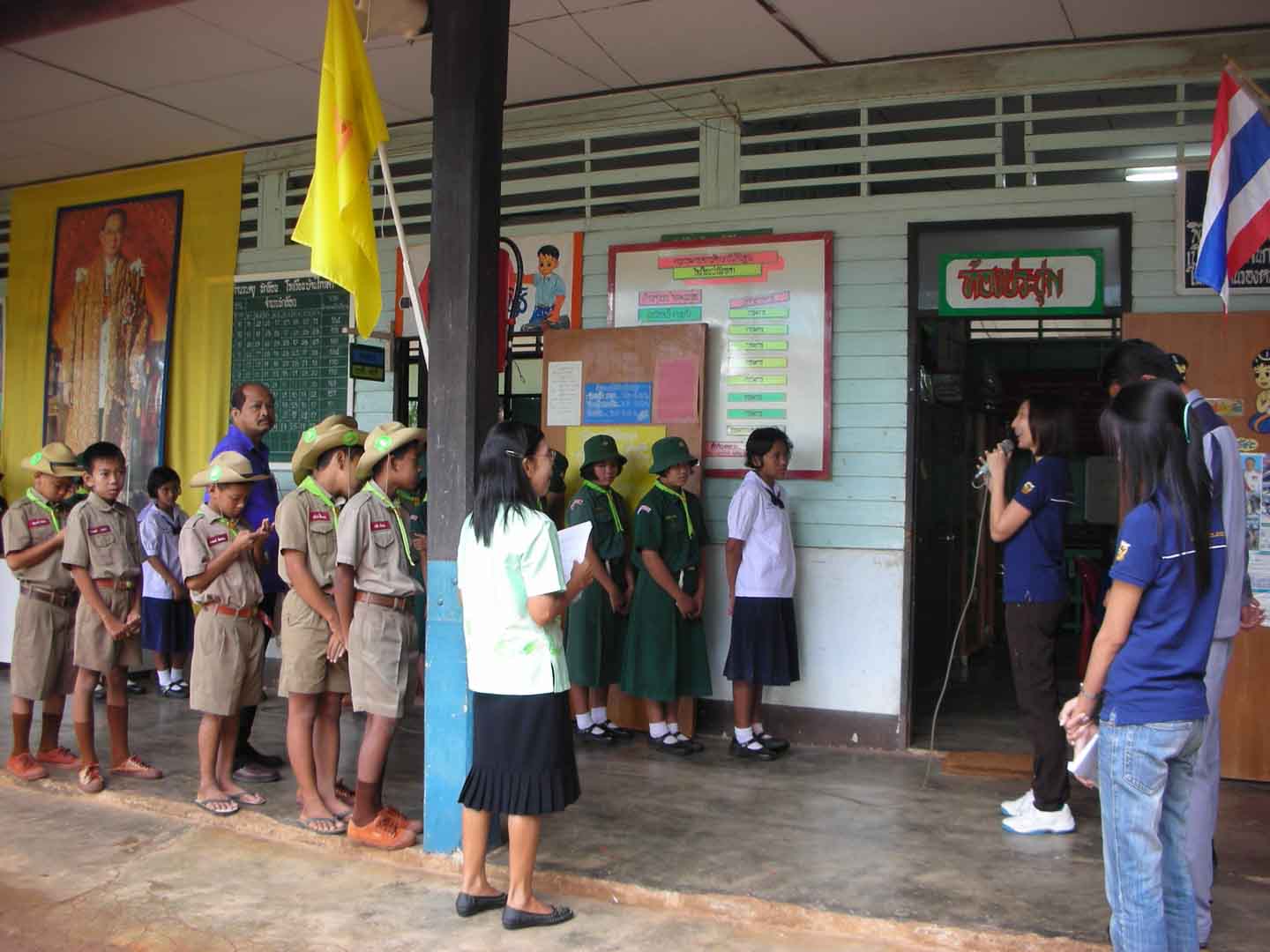New energy source instead of emissions
Indonesia is one of Southeast Asia’s largest oil producers. Flaring associated gas releases significant amounts of CO₂ and methane—two potent greenhouse gases.
The MedcoEnergi Associated Gas Recovery and Utilization Project captures this gas and converts it into a valuable energy source. At a dedicated facility, the gas is processed into liquefied petroleum gas (LPG), dry gas, and condensate.
By preventing emissions at the source, the project avoids an average of 86,022 tonnes of CO₂ annually.
Beyond climate impact, the project creates jobs and supports technology transfer. It improves local air quality and provides the region with a cleaner, more affordable fuel source to help meet growing energy demand. At the same time, it reduces Indonesia’s reliance on oil imports, contributing to greater energy security.
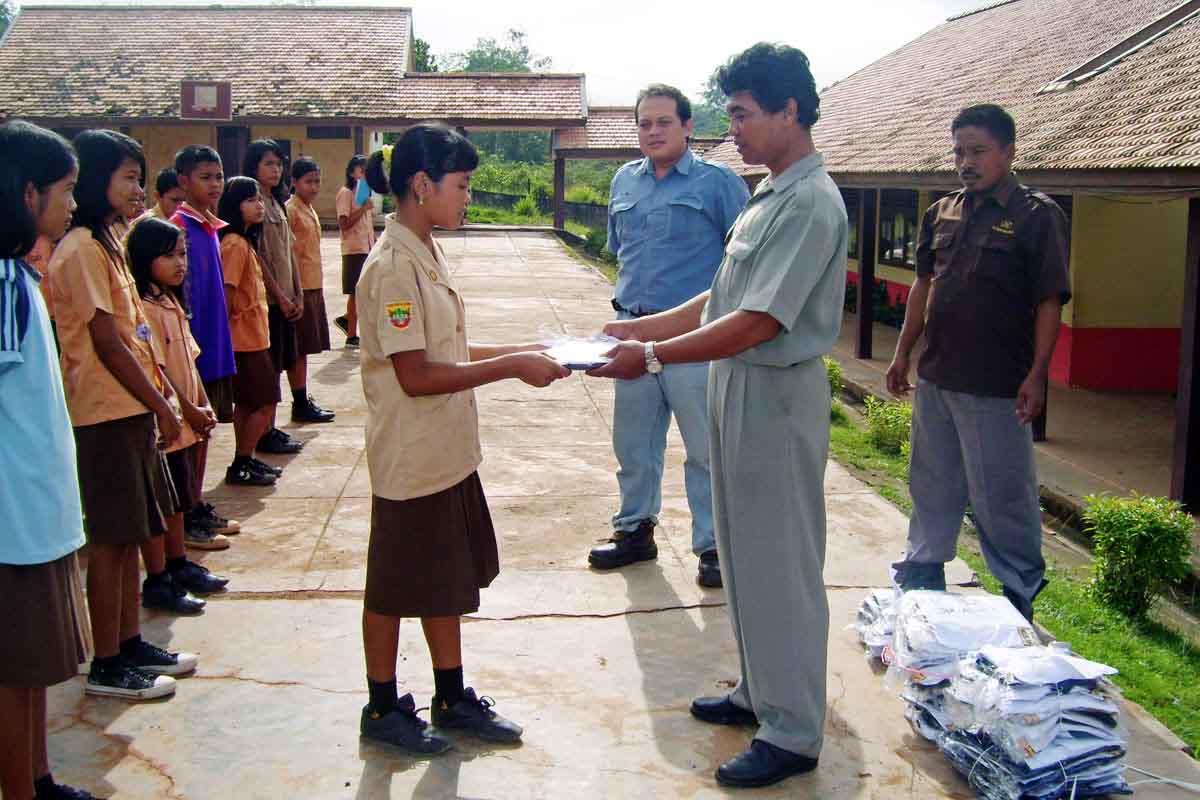
Methane is a greenhouse gas emitted by many processes including livestock farming, waste management, sewage treatment, oil production, and coal mining. When released into the atmosphere, it oxidises first to carbon monoxide and then to carbon dioxide, making it a major contributor to global warming. Climate projects avoid these emissions by capturing the gas and using it to generate heat or electricity, or by processing the gas into dry and liquid gas. In this way, the gas is not released into the atmosphere and is used to generate energy instead. Gas recovery projects in the ClimatePartner portfolio are registered with international standards.
Explore our projects
Biochar for Climate Action, Healthy Soils, and Better Harvests
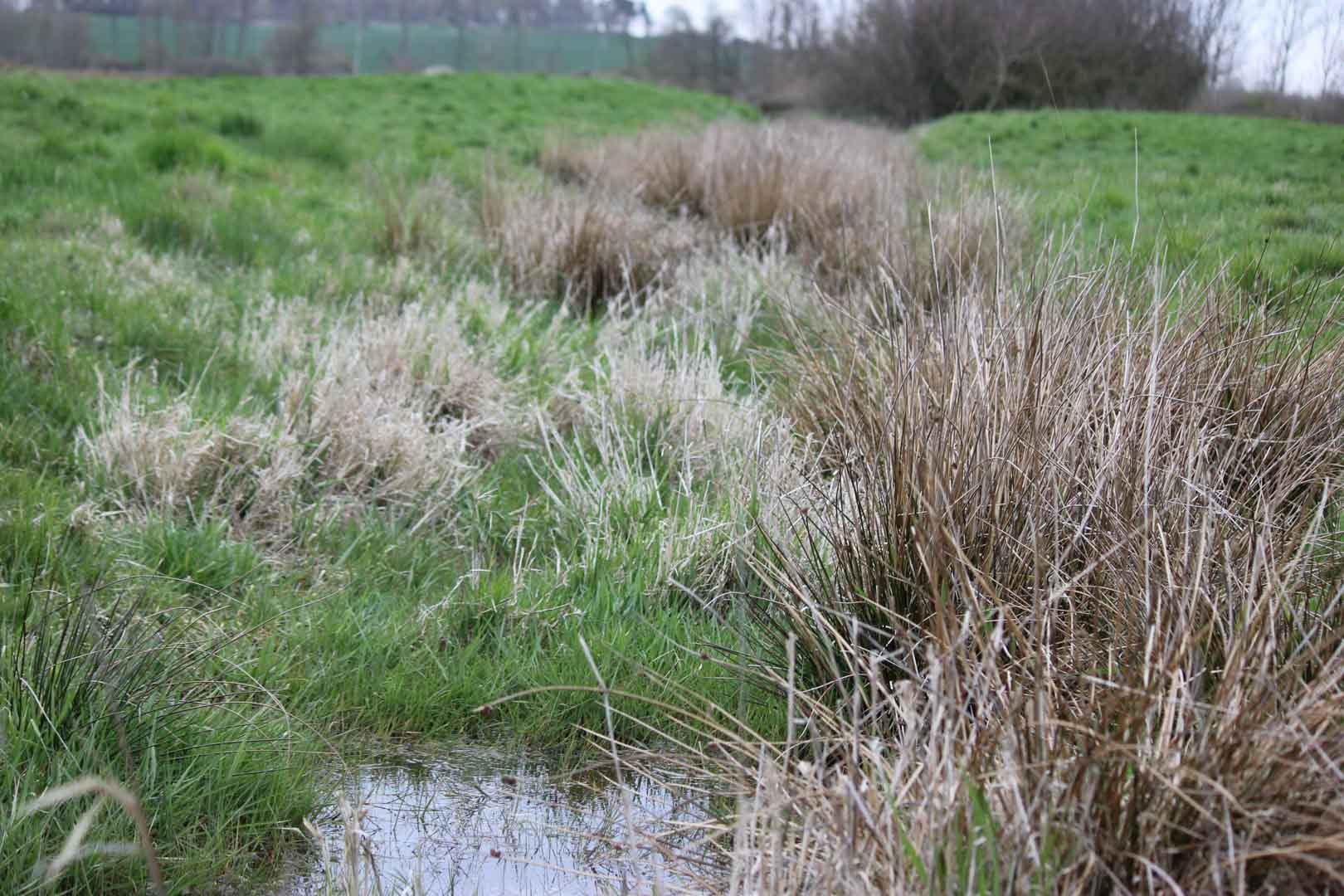
A certified climate project combined with additional commitment
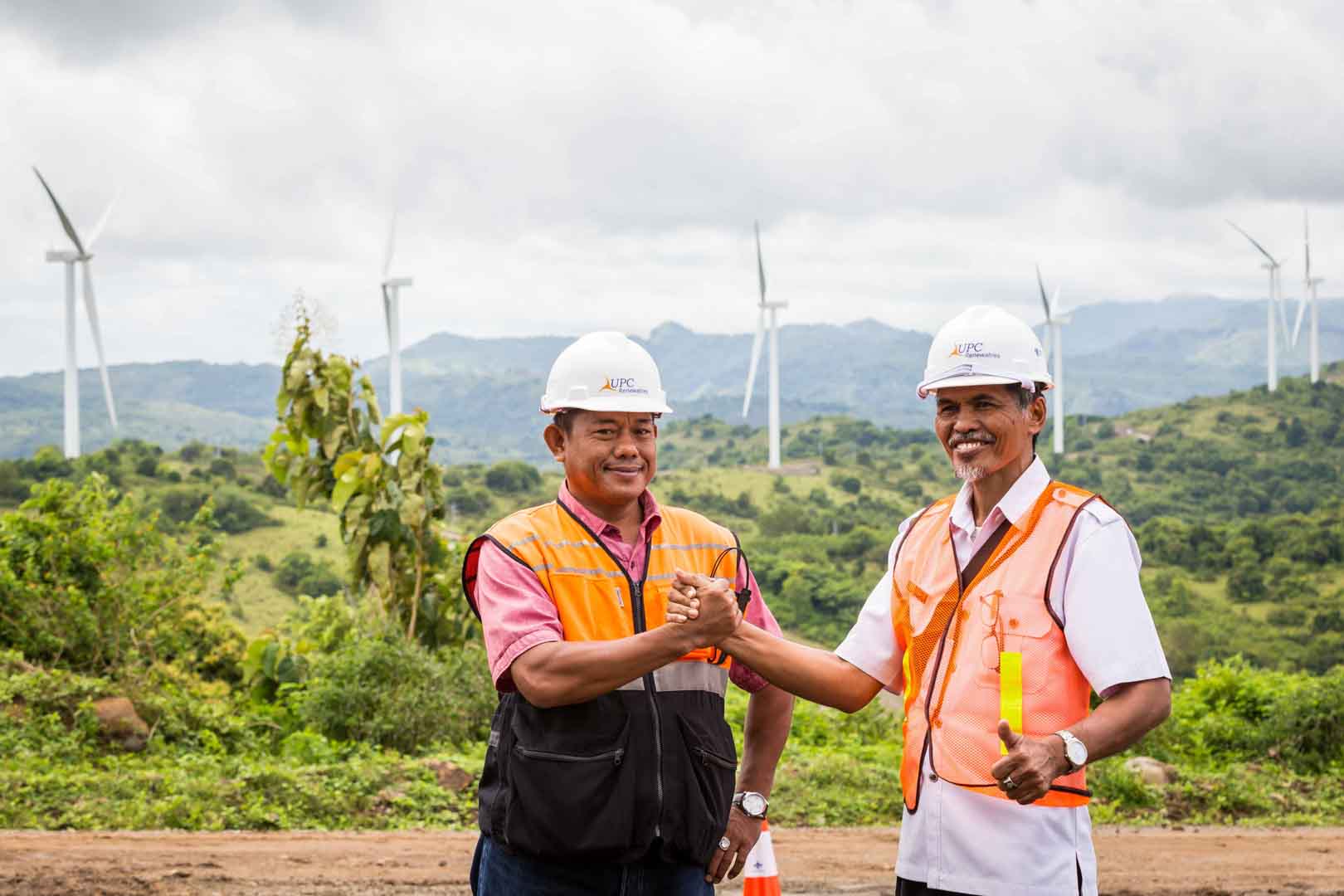
Expansion of renewable energy generation in Asia
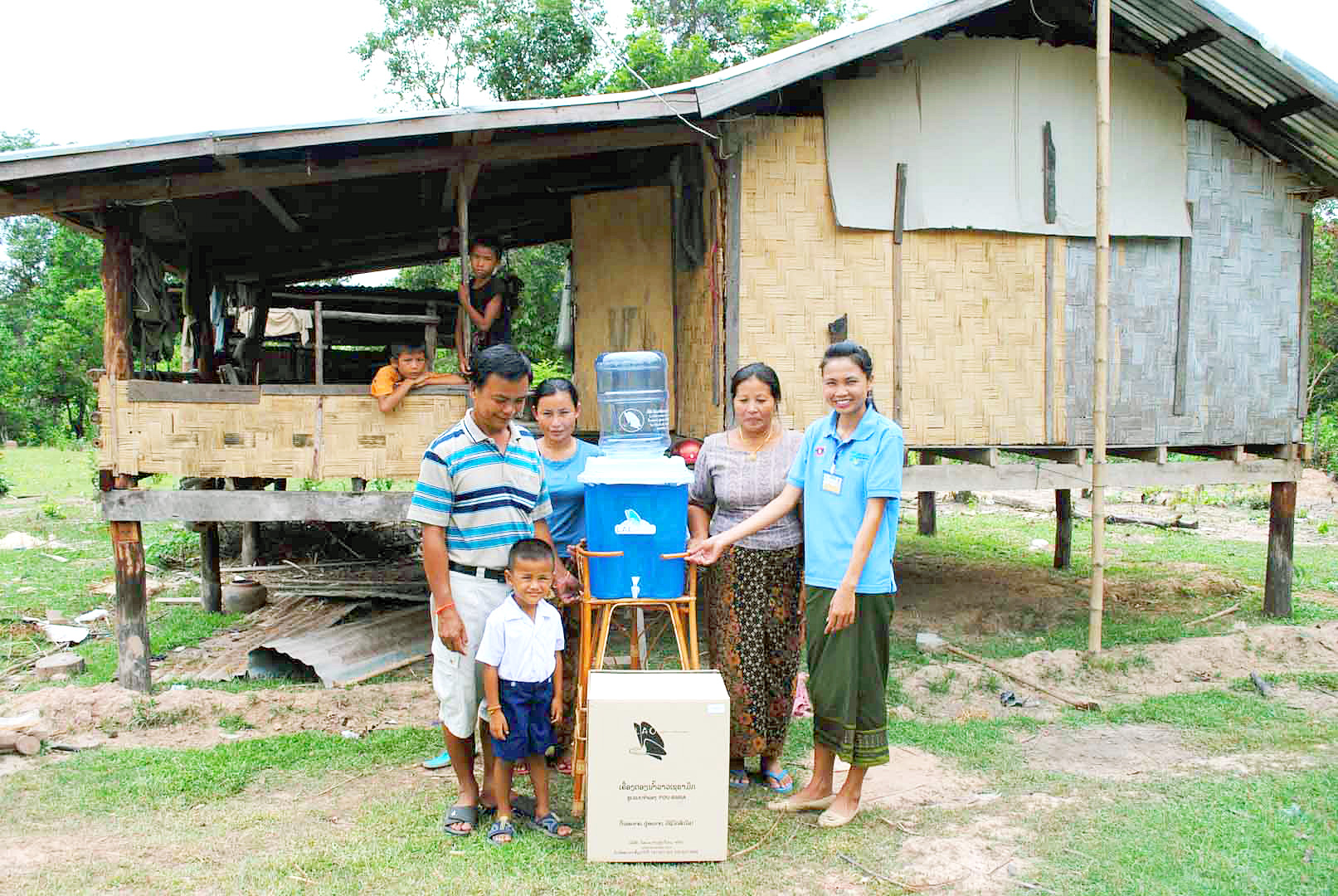
Ceramic water filters save CO2 and improve health
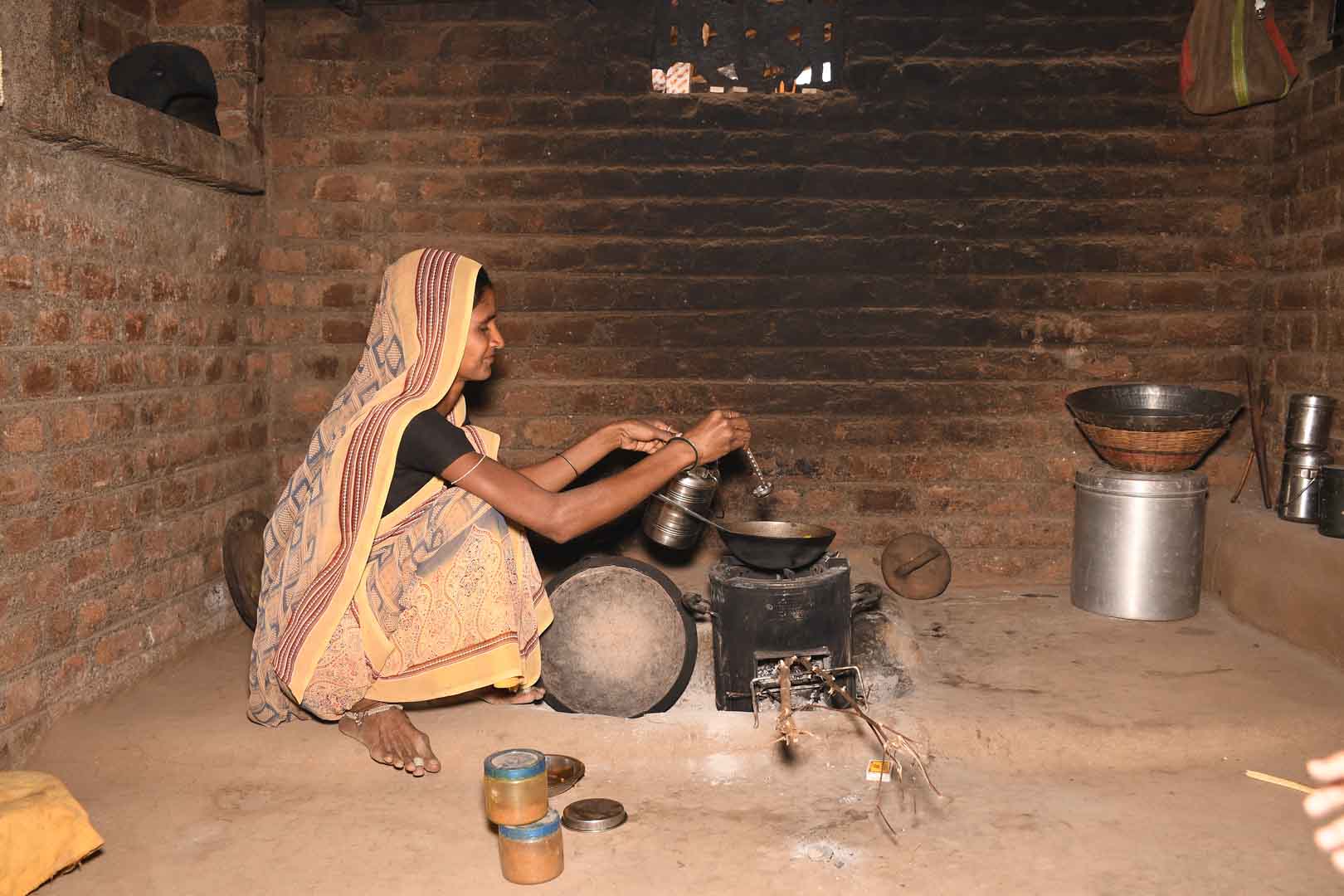
Improved cookstoves worldwide – for better health and cleaner air

A certified climate project combined with additional commitment
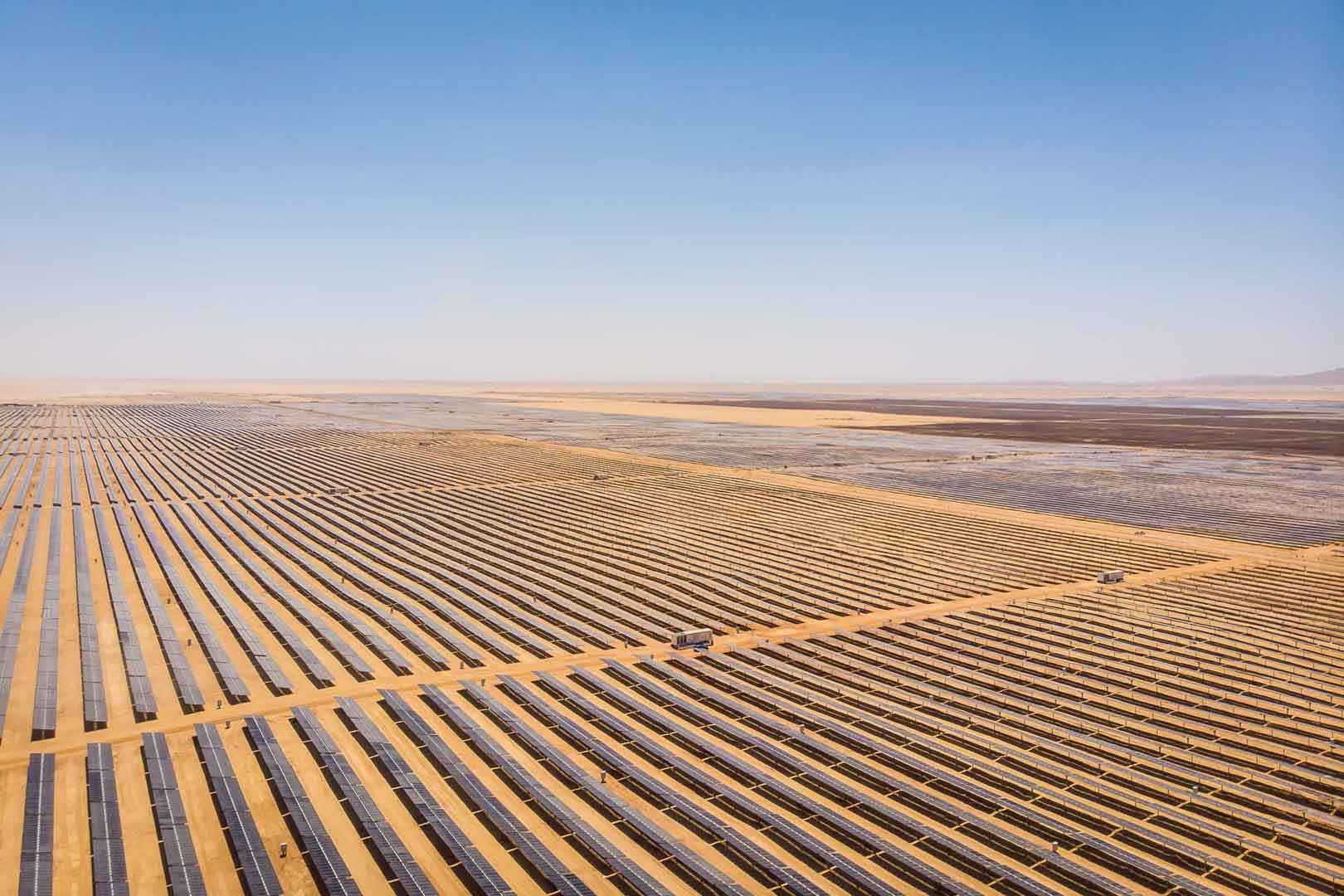
Powering access to renewable energy in Africa
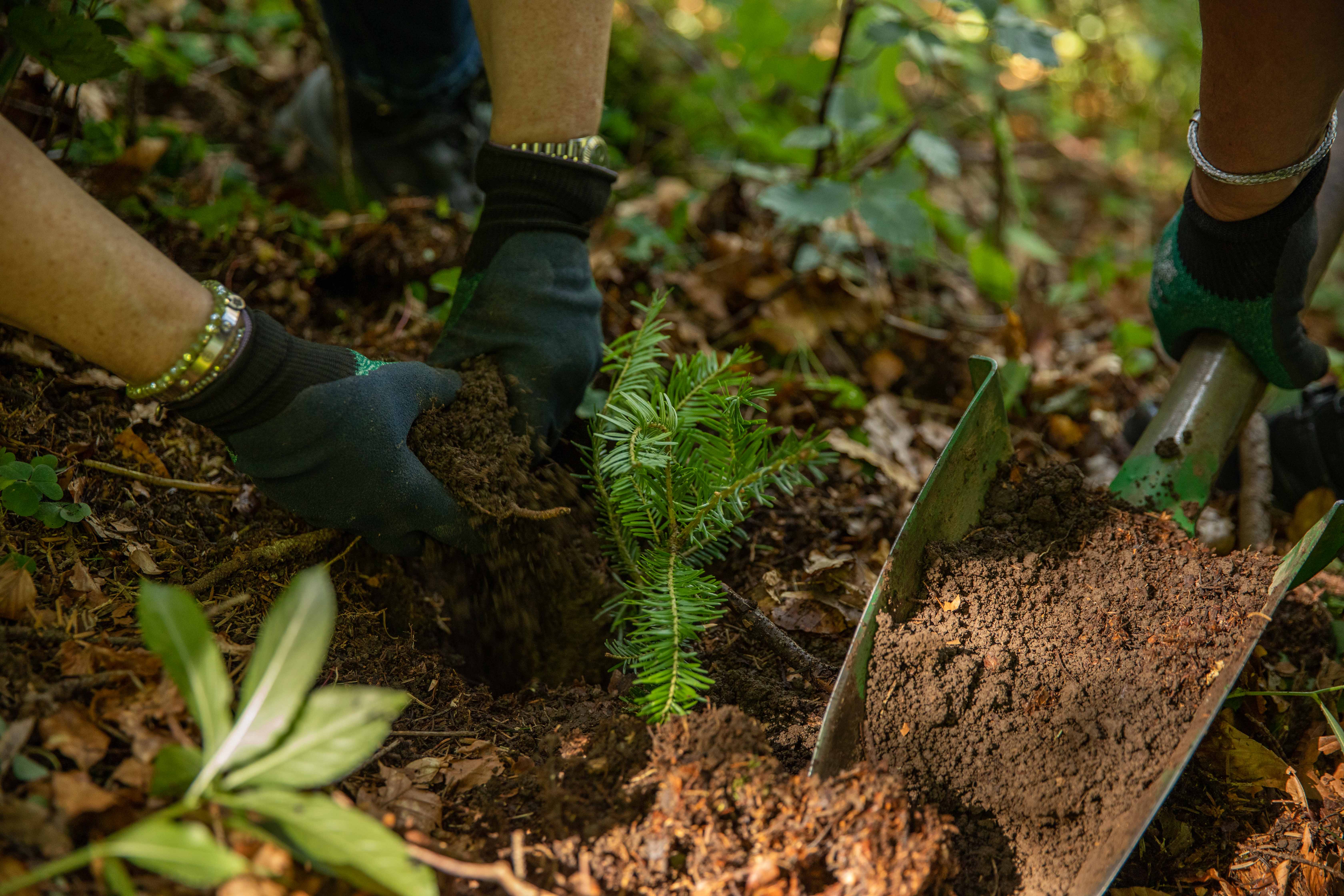
A certified climate project combined with additional commitment
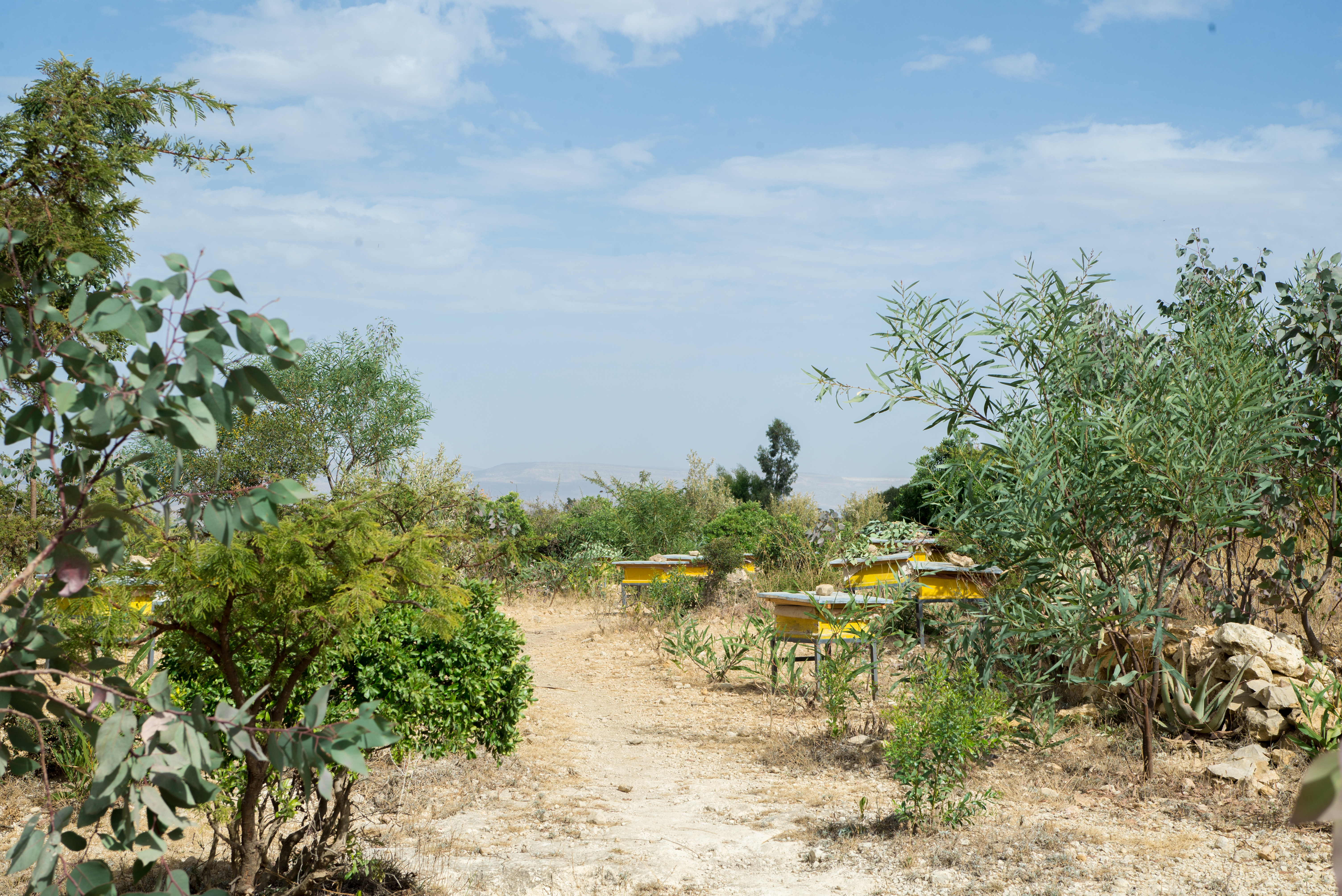
Restored ecosystems remove carbon
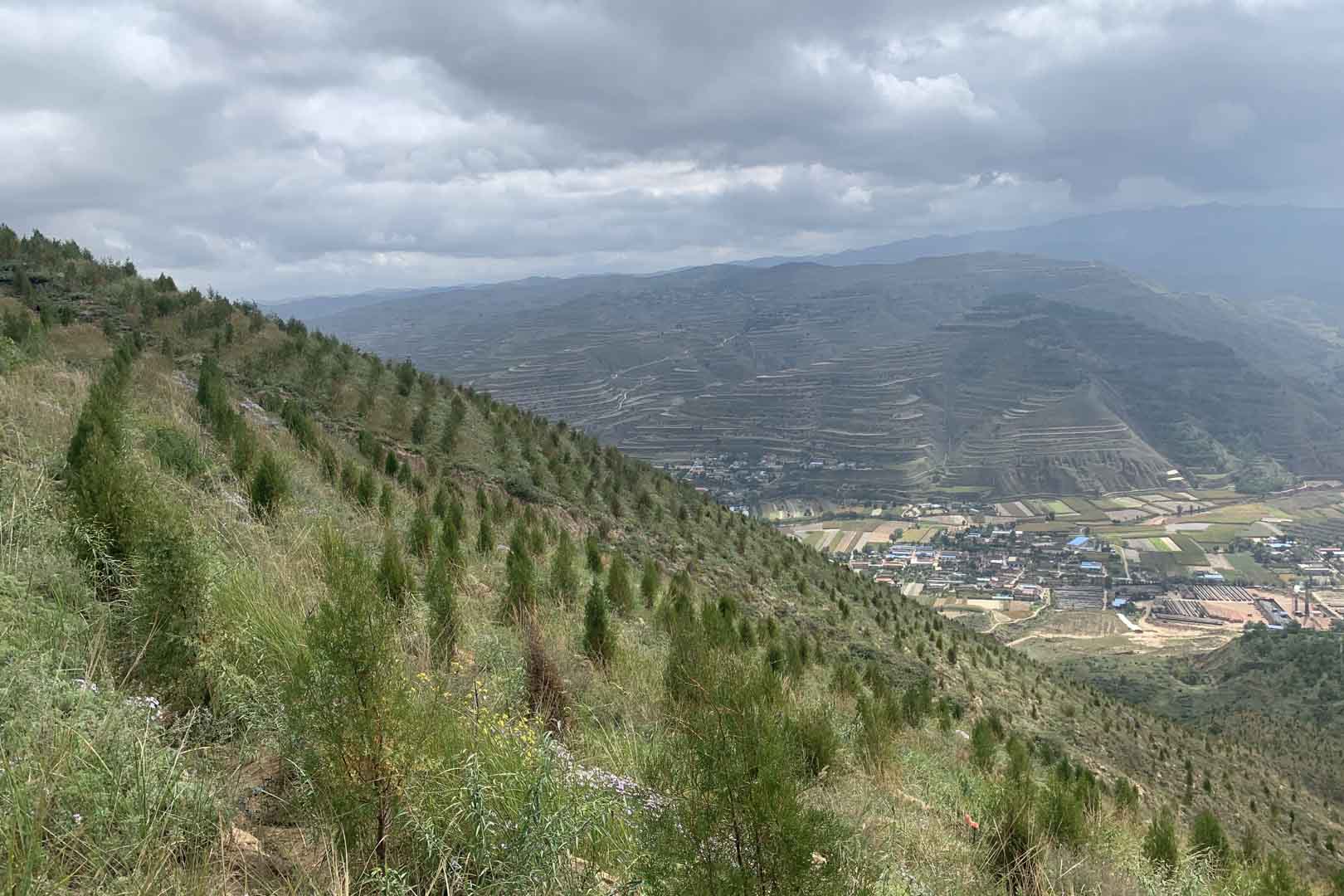
Turning degraded farmlands into healthy ecosystems
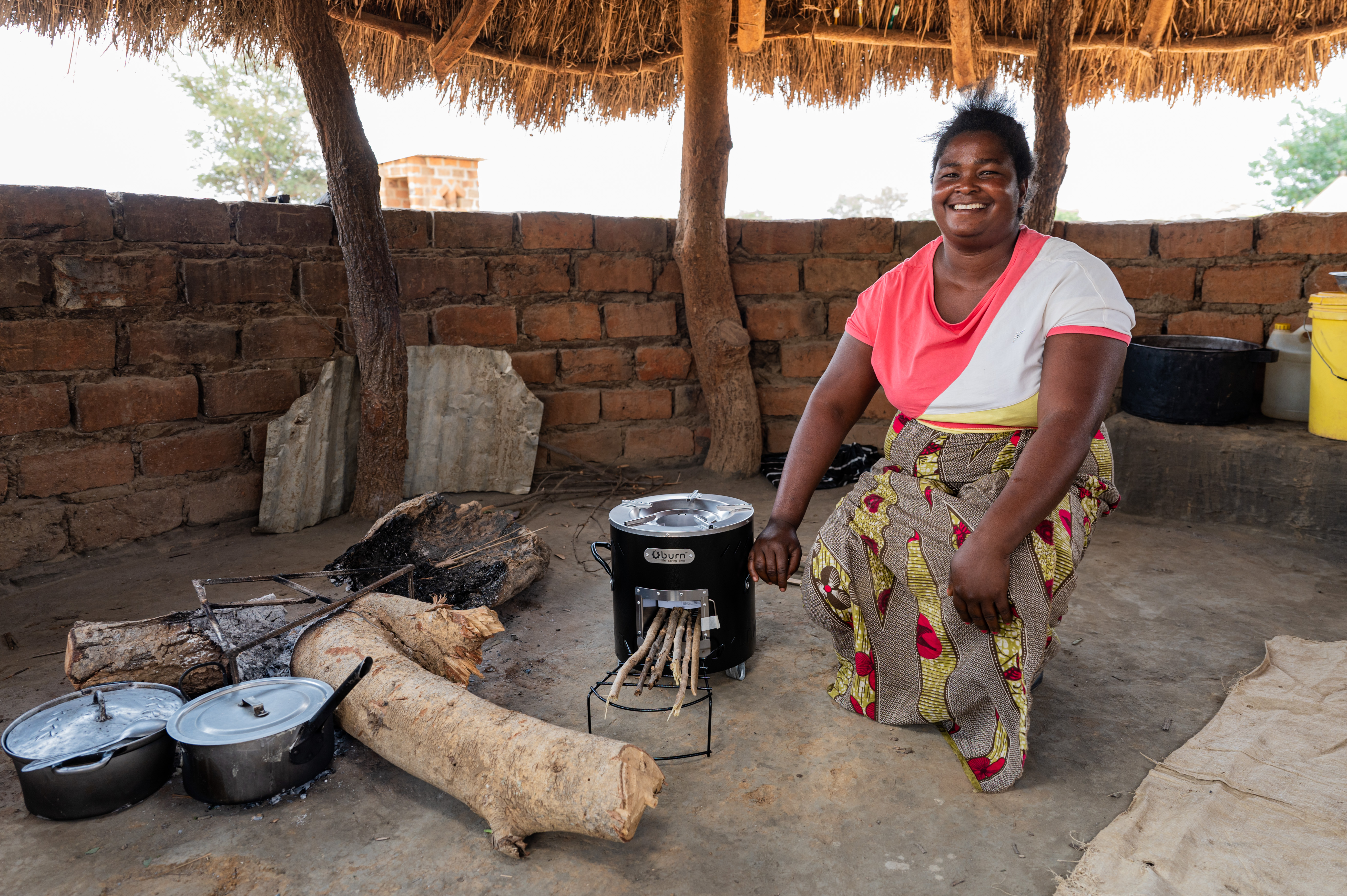
Improved cookstoves - better for health and the environment
